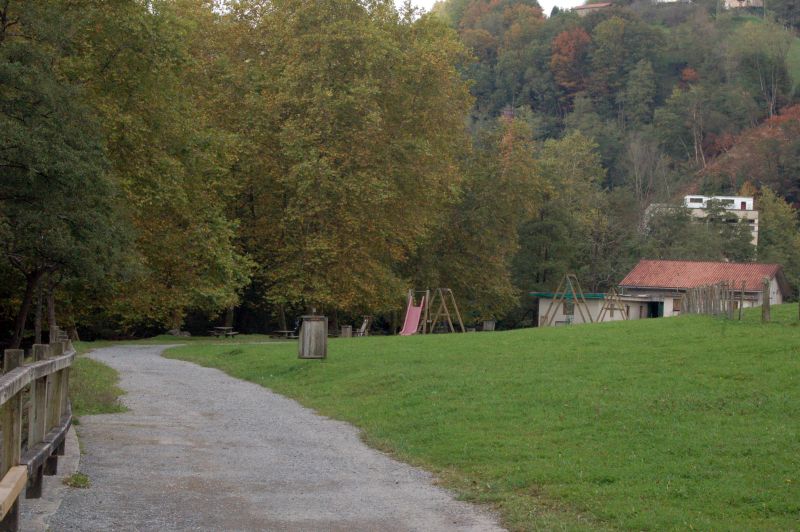
Puntos de Interés

Municipality
Villa de Mazo
Villa de Mazo, located in the southeast of the island of La Palma, is a municipality enriched by its history, festive events and traditional craftsmanship. It is bordered to the north by Breña Baja, to the south by Fuencaliente, to the west by El Paso and to the east by the glittering Atlantic Ocean.
The town has fourteen unique neighbourhoods, from Lodero and Monte Breña to La Rosa, which contribute toits exceptional cultural and natural heritage. El Pueblo is the municipal capital, where the Town Hall and the 15th century San Blas Parish Church stand out as historical monuments.
The history of the Villa de Mazo begins around 1492, when the conquistadors of the Kingdom of Castile arrived on the island, displacing the Benahorita social organisation for the distribution and management of land, which was the responsibility of the first Island Council. In 1837 Fuencaliente was separated from the locality, after a period of political instability, consolidating the independence of both municipalities.
The region is noted for its volcanic landscape and young, permeable soil. The latter is favourable for agricultural production, especially the Malvasía grape variety, which has led to the presence of specialised wineries in the village. Fuencaliente also holds the title of artisan municipality par excellence in La Palma. A legacy that is embodied in basketry, embroidery and works in wood, metal and clay. A traditional industry with numerous registered craftsmen, as well as centres dedicated to the exhibition and promotion of local crafts, such as the Municipal Market, which has become an essential showcase, offering local craft products that capture the essence and creative heritage of the town.
In the municipality of Villa de Mazo you will find: the Belmaco Archaeological Park, witness to the first petroglyphs discovered in the Canary Islands, and the Mycology Centre, which shows the mycological wealth of La Palma.
In terms of the economy, the commitment to ecotourism has grown in recent years, with an extensive network of footpaths and viewpoints, stretching from the coast to the Cumbre Vieja Natural Park. For this reason, it is committed to promoting knowledge of the natural environment with projects such as "Andares", in which hiking and environmental education activities are carried out, inviting visitors to explore the natural wealth of the region.
Among the festivities, Corpus Christi stands out as the most iconic festive event, declared a Site of National Tourist Interest in 1985. During these festivals, the neighbourhoods embellish their streets with impressive arches and carpets, immersing the whole town in an atmosphere of cultural splendour.
As for its gastronomic offering, Villa de Mazo is known for typical dishes such as fresh fish, squid, cheese with mojo sauce and grilled octopus, served with local wines and sweetened wines with desserts like polvito uruguayo, a delicious combination of biscuit, merengue, cream and dulce de leche


